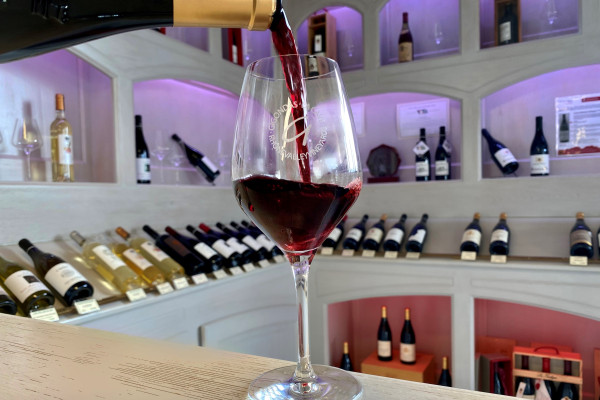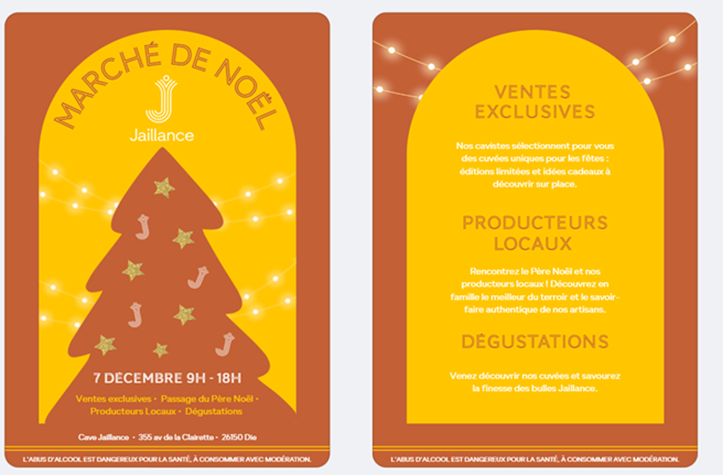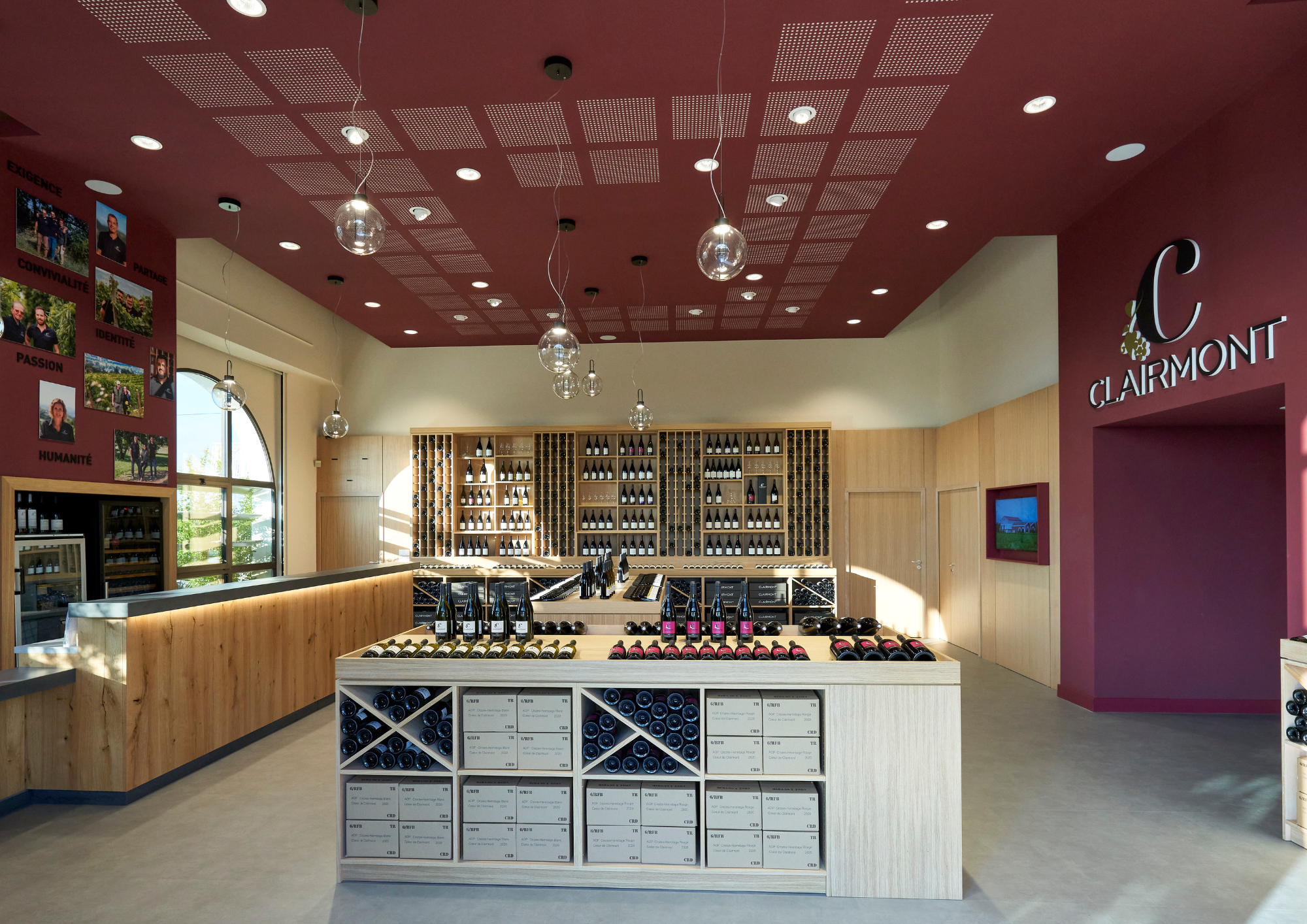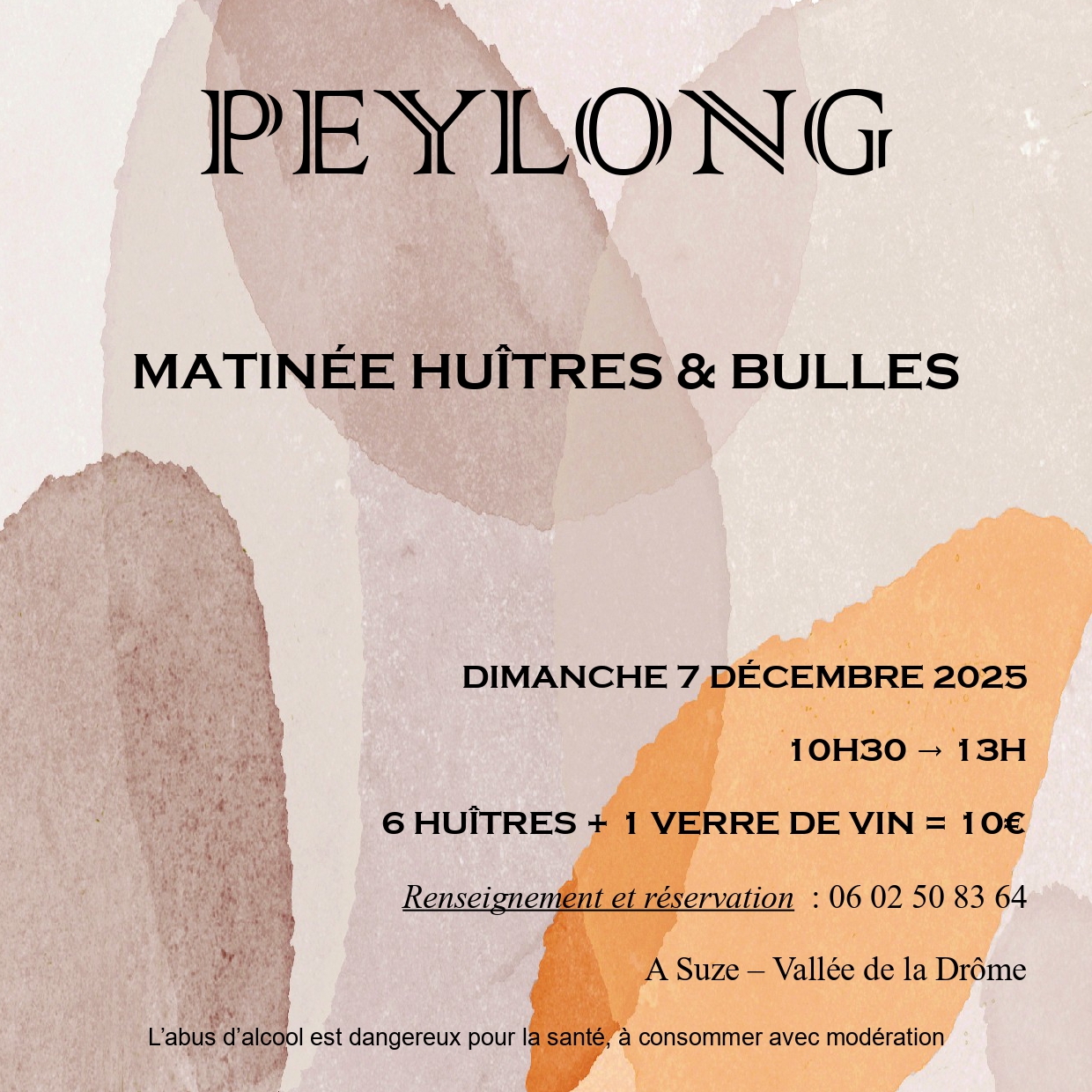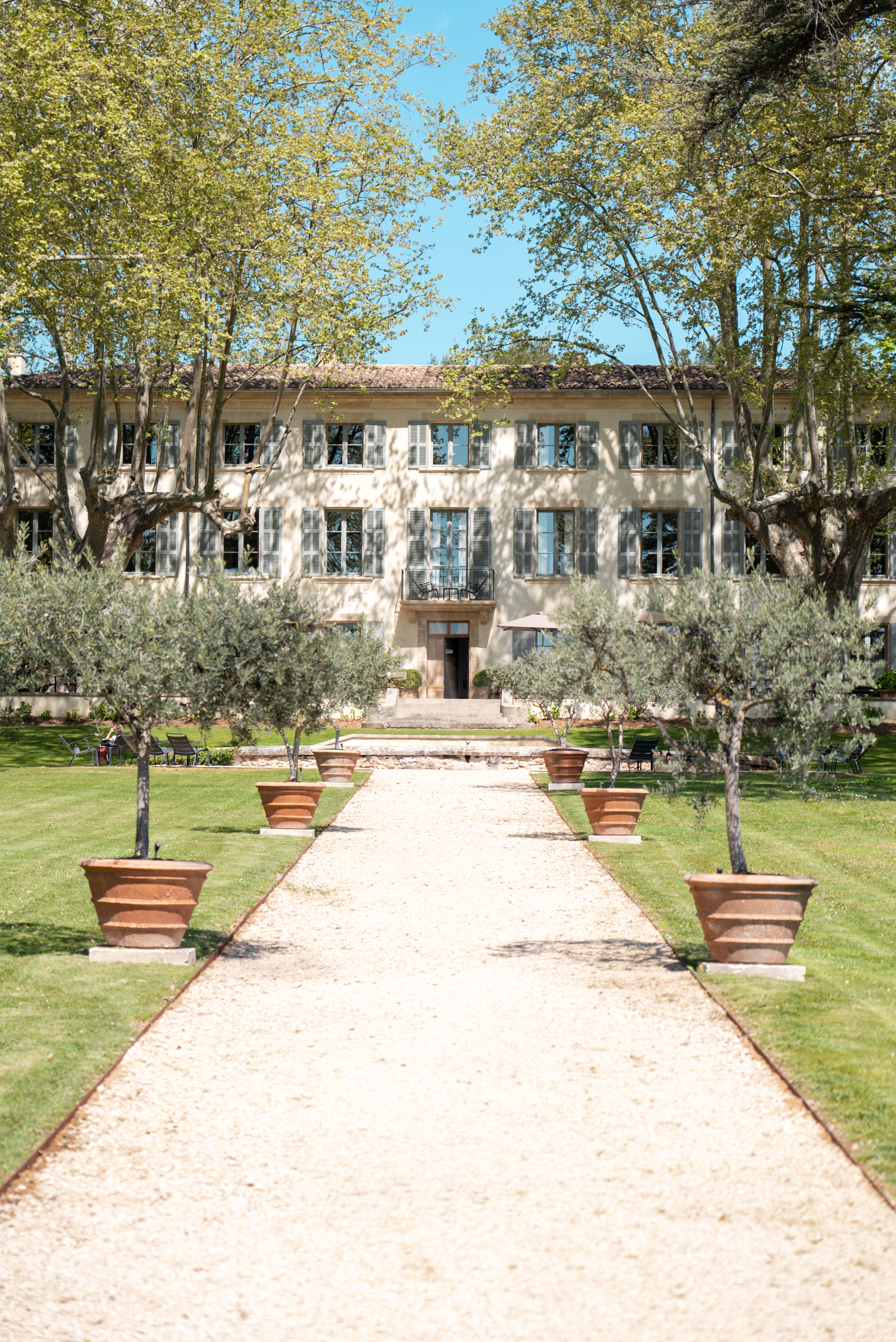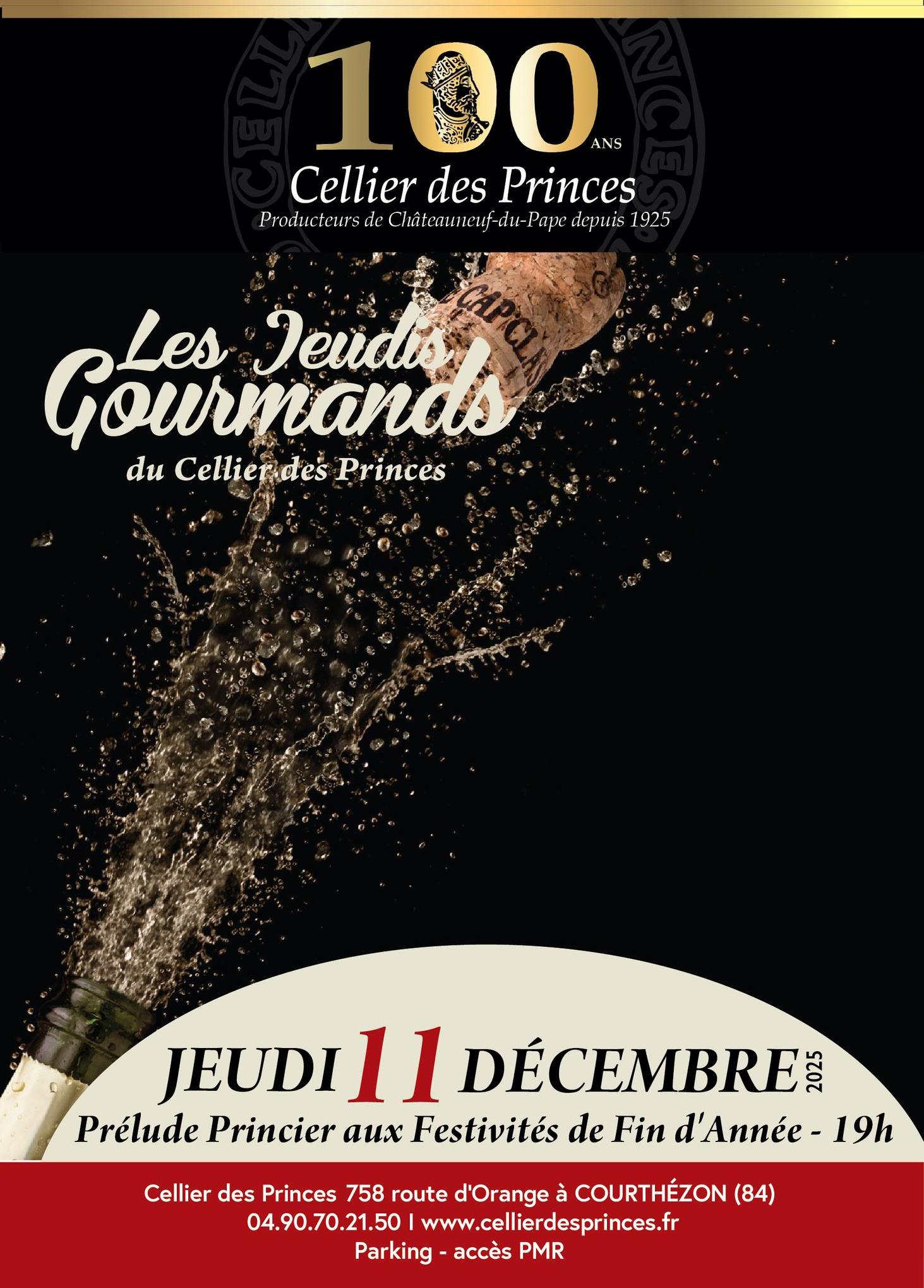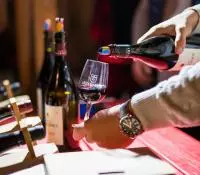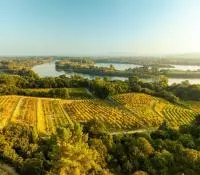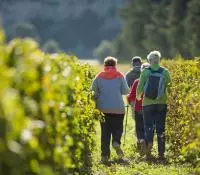Clairette and the Drôme Valley: A sparkling vineyard between the mountains and Provence
Nestling in the foothills of the Vercors mountains on slopes overlooking the Drôme Valley, the Clairette de Die and Diois wines vineyards are among the highest in France, and enjoy both the rugged intensity of the mountains and the mellow serenity of Provence.

Contents
Mediterranean influences...
The Diois region, lying between the Alps and Provence and close to the Rhône Valley, enjoys the hot summer and plentiful sunshine typical of a Mediterranean climate, and is ideal for growing traditionally southern grape varieties such as Muscat à Petits Grains (both white and red) and Clairette.
Clairette is a classic Provençal variety, and this is probably the northernmost point at which it can achieve peak ripeness. Because despite sun-drenched days, nights here can be cold and winters harsh – a reminder that these are, in fact, high altitude vineyards.
...and mountain viticulture
The Clairette de Die and Diois vineyards cover some 1,600 hectares on both banks of the Drôme, at altitudes of between 200 and 700m above sea level. Their location at the foot of the Vercors mountains protects them from winter frosts, but the slopes are stony and can be difficult to work.
The plots are fragmented, as the original winegrowers took care to select gentler slopes and hills with good sun exposure – known here as greenhouses – or terraces with good exposure and drainage.
Hidden vines, accessible winegrowers
The locations of these more suitable plots also explain why the vineyards remain, for the most part, hidden from view to visitors travelling along the main route through the Drôme Valley – they are simply too far inland.
But along the road (the Route Départementale 93), there are numerous tasting cellars and wine shops: some next to wineries, other specially built to be accessible to the public.
88% ancestral-method sparklers
And it’s a public who love bubbles, since 88% of the wine produced here is sparkling, and made by the ‘ancestral’ method. The wines, both white and rosé, are made from at least 75% Muscat à Petit Grains, with the addition of Clairette and Gamay.
The ancestral method is a traditional winemaking process dating back many centuries, making these the oldest sparkling wines in France. Legend has it that in ancient times, the Vocontii stumbled on this winemaking technique by accident, when they immersed jars of freshly crushed grapes in the icy waters of the Drôme to slow down fermentation. This unexpectedly produced a naturally sparkling, highly aromatic wine, said to be much appreciated by Pliny the Elder who was used to heavier, artificially flavoured Roman wines.* These days, Clairette de Die made by this ‘ancestral’ method uses a process where the wine is fermented once only, starting in the tank and continuing in the bottle with no additional yeast or sugar, just skilful temperature control.
Other wines produced here make use of secondary fermentation – a popular method of making sparkling wine – but in traditional Dijon style, use only Clairette grapes.
*From Paul Minvielle’s La viticulture dans les Alpes du Sud entre nature et culture – Viticulture in the southern Alps between nature and culture.


